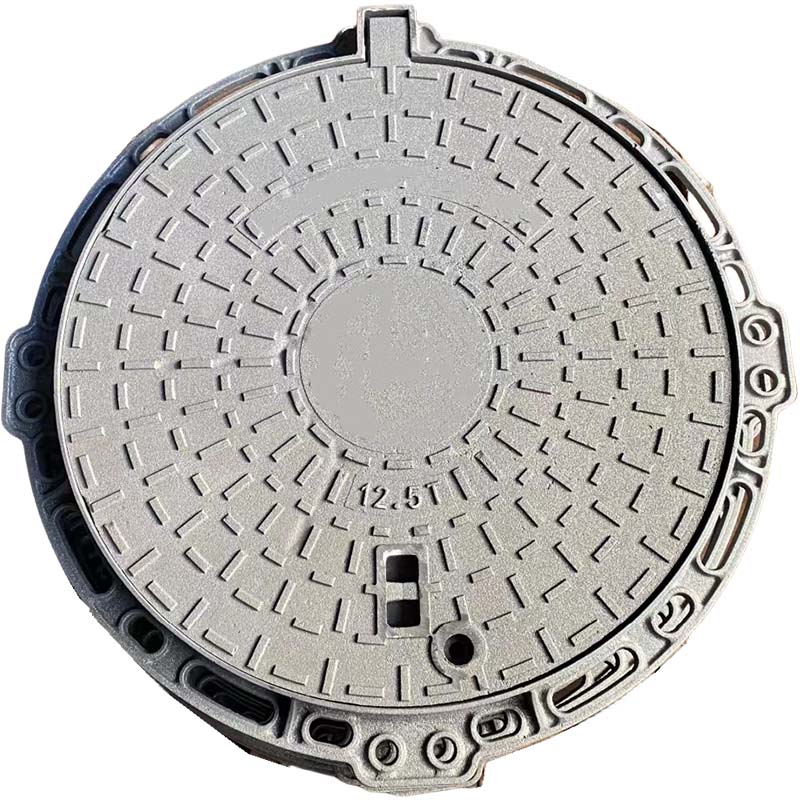Choosing the Right Bike Rack for Your Vehicle and Cycling Adventures
The Ultimate Guide to Auto Bike Racks Choosing the Right One for Your Adventure
As cycling continues to gain popularity, more people are looking for safe and effective ways to transport their bikes. Whether you’re going on a weekend getaway, a family adventure, or just a ride in the park, an auto bike rack can make the job easier. With various types of bike racks available, understanding the options can help you make the right choice for your vehicle and your biking needs.
Understanding Auto Bike Racks
Auto bike racks serve one primary purpose to securely transport bicycles from one place to another. However, they come in different styles, each tailored to specific vehicle types and cycling preferences. The three main categories include hitch-mounted racks, trunk-mounted racks, and roof-mounted racks.
1. Hitch-Mounted Racks These racks are attached to the hitch receiver of your vehicle, making them one of the most stable options available. They are typically very easy to load and unload and come in various designs that can carry anywhere from one to five bikes. When considering a hitch-mounted rack, ensure that your vehicle is equipped with an appropriate hitch and check the weight limit specified by both your vehicle's manufacturer and the rack's specifications. Brands like Thule and Yakima offer popular models that can accommodate different bike sizes and types.
2. Trunk-Mounted Racks Ideal for those without a hitch receiver, trunk-mounted racks are versatile and easy to use. These racks attach to the trunk or hatchback and are adjustable to fit many vehicle types. They are often more affordable than hitch-mounted options, which is an added bonus for casual cyclists. However, they may not provide the same level of stability and protection for your bike during transport. When selecting a trunk-mounted rack, look for one with adjustable straps and rubber pads to prevent scratches on your vehicle.
3. Roof-Mounted Racks As a stylish option, roof-mounted racks are perfect for cyclists who frequently use their roof racks for other cargo. These racks typically hold the bike upright and are secured by the frame or front wheel. The downside is that they require lifting your bike overhead, which can be challenging for some. Additionally, be mindful of overhead clearance when driving in low areas, like parking garages. Roof racks are an excellent choice for those who already utilize their vehicle’s roof space, but they can be pricier than other options.
Factors to Consider When Choosing a Bike Rack
auto bike rack

When shopping for an auto bike rack, several factors should influence your decision
- Type of Vehicle Compatibility with your vehicle is paramount. Small cars may not support roof racks, while larger SUVs may require different hitch sizes.
- Number of Bikes Determine how many bikes you plan to transport regularly. Ensuring that the rack can accommodate all your bikes without exceeding weight limits is crucial.
- Bike Types Consider the types of bikes you own—mountain, road, or fat bikes—and ensure the rack can support their frame styles and weights.
- Ease of Use Look for features that enhance the user experience, such as user-friendly loading mechanisms, tilt-away features for easy rear access, and locking mechanisms to secure your bikes.
Conclusion
An auto bike rack is an essential investment for any cycling enthusiast planning adventures on the road. By understanding the different types of bike racks and considering factors such as vehicle compatibility, number of bikes, and ease of use, you can choose the perfect rack that meets your unique needs. With the right bike rack, you can enjoy the freedom of exploring new trails and scenic routes with your trusty bicycle in tow. So, gear up, attach that rack, and hit the road for your next cycling adventure!
-
The Smarter Choice for Pedestrian AreasNewsJun.30,2025
-
The Gold Standard in Round Drain CoversNewsJun.30,2025
-
The Gold Standard in Manhole Cover SystemsNewsJun.30,2025
-
Superior Drainage Solutions with Premium Gully GratesNewsJun.30,2025
-
Superior Drainage Solutions for Global InfrastructureNewsJun.30,2025
-
Square Manhole Solutions for Modern InfrastructureNewsJun.30,2025
-
Premium Manhole Covers for Modern InfrastructureNewsJun.30,2025
